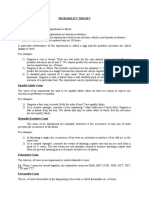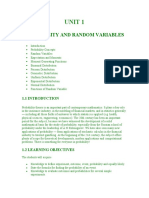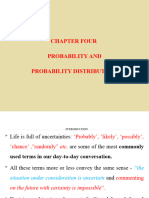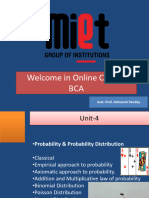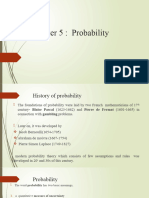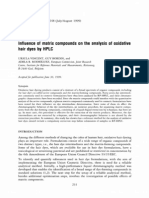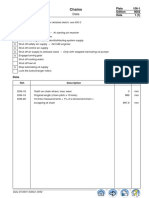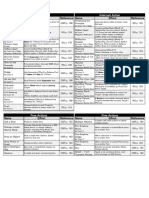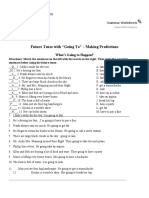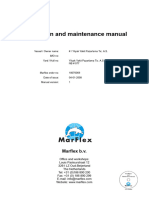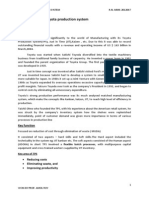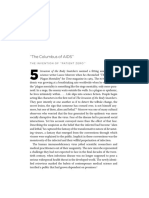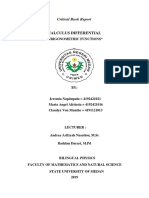0% found this document useful (0 votes)
6 views57 pagesBasic Probability
The document covers fundamental concepts of probability and statistics, including definitions of experiments, outcomes, sample spaces, and events. It explains various types of probabilities such as classical, empirical, and subjective, along with their properties and rules for calculating probabilities of unions and intersections of events. Additionally, it discusses conditional probabilities and the independence of events, providing examples and applications throughout.
Uploaded by
03pujarishreyasCopyright
© © All Rights Reserved
We take content rights seriously. If you suspect this is your content, claim it here.
Available Formats
Download as PDF, TXT or read online on Scribd
0% found this document useful (0 votes)
6 views57 pagesBasic Probability
The document covers fundamental concepts of probability and statistics, including definitions of experiments, outcomes, sample spaces, and events. It explains various types of probabilities such as classical, empirical, and subjective, along with their properties and rules for calculating probabilities of unions and intersections of events. Additionally, it discusses conditional probabilities and the independence of events, providing examples and applications throughout.
Uploaded by
03pujarishreyasCopyright
© © All Rights Reserved
We take content rights seriously. If you suspect this is your content, claim it here.
Available Formats
Download as PDF, TXT or read online on Scribd
/ 57













